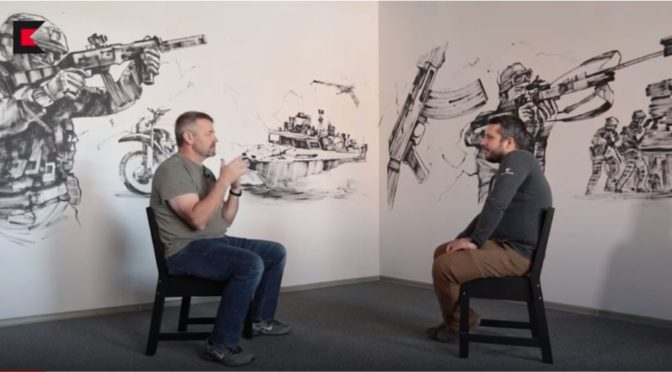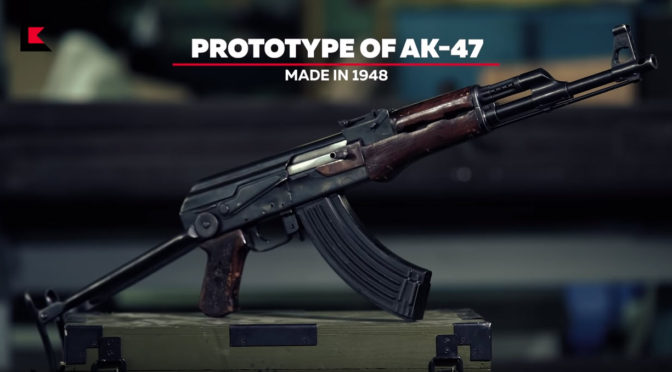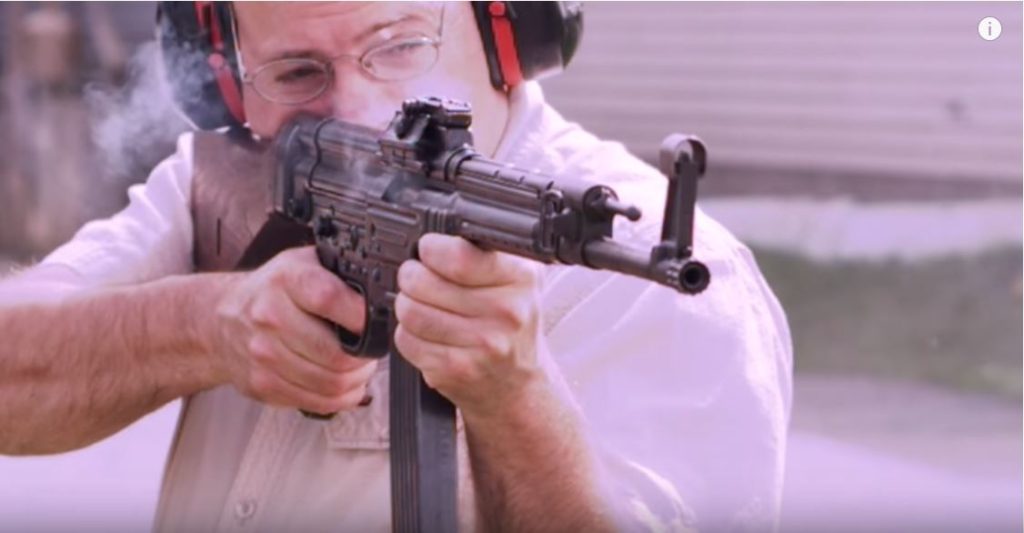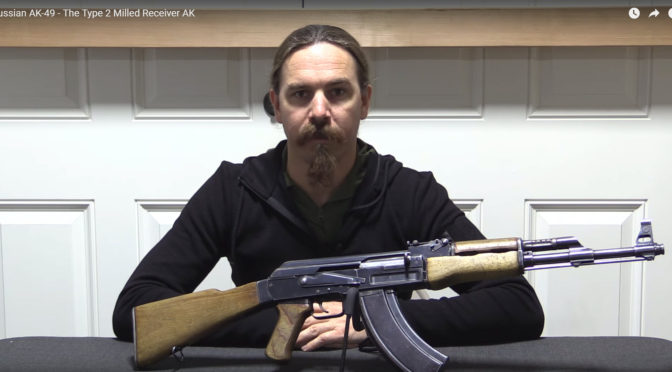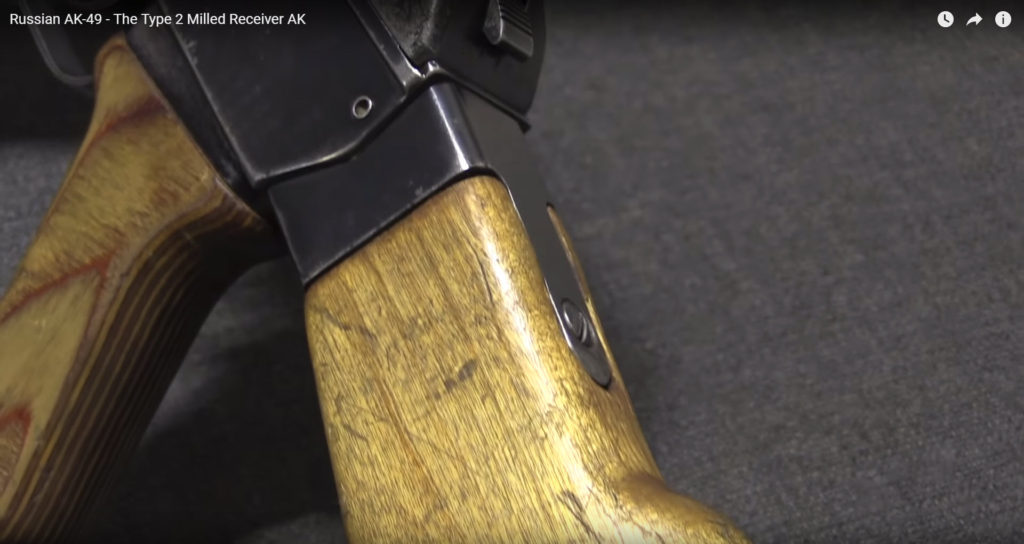Guys, I must confess that I have a coffee addiction 🙂 As most of you know, I am into AK rifles as well. As part of that interest, I have read every biography I could find of Mikhail Timofeyevich Kalashnikov to try and better understand what led to the creation of the AK-47 and the eventual family of Kalashnikov designs.
Recently I was searching on Amazon and surprisingly found a coffee cup with a great photo of a young Kalashnikov that was tastefully done and, of courcase, had to order it. I had to wait a few weeks as it shipped from Germany.
When it arrived, I was surprised that the graphic was a different color than what the Amazon ad depicted. I thought about returning it but I do like the cup. The following shows you the cup that arrived – it is pretty cool and the color has grown on me.

My wife’s reaction was “Why did you buy another coffee cup?” To which I answered “But honey, this is Kalashnikov” at which she just turned around while shaking her head 🙂
In case you are looking for a conversation piece, check out this cup. Here’s the listing on Amazon.
7/3/2019 Update: It’s holding up just fine. It does make for a cool conversation piece when people use it. “Who is this guy?” is usually how it starts 🙂
If you find this post useful, please share the link on Facebook, with your friends, etc. Your support is much appreciated and if you have any feedback, please email me at in**@*********ps.com. Please note that for links to other websites, we are only paid if there is an affiliate program such as Avantlink, Impact, Amazon and eBay and only if you purchase something. If you’d like to directly contribute towards our continued reporting, please visit our funding page.

